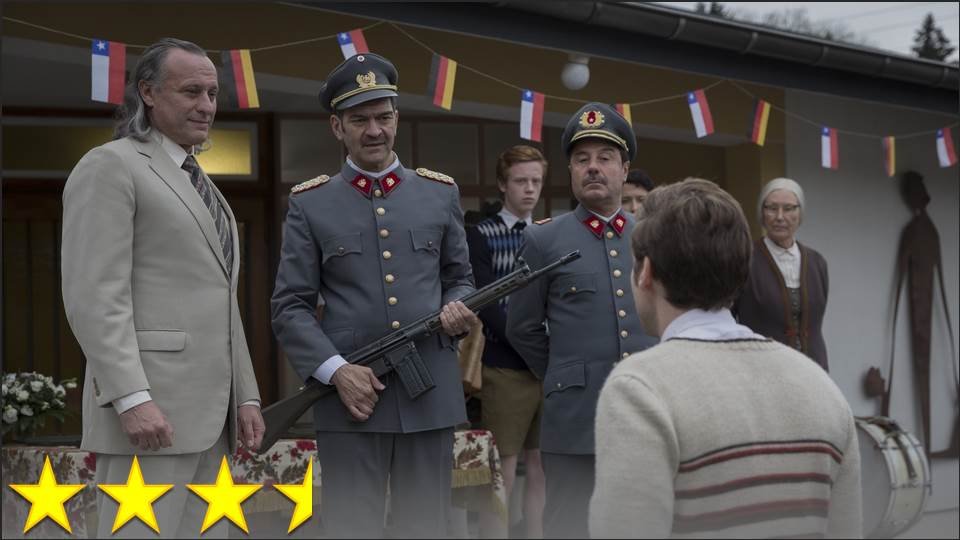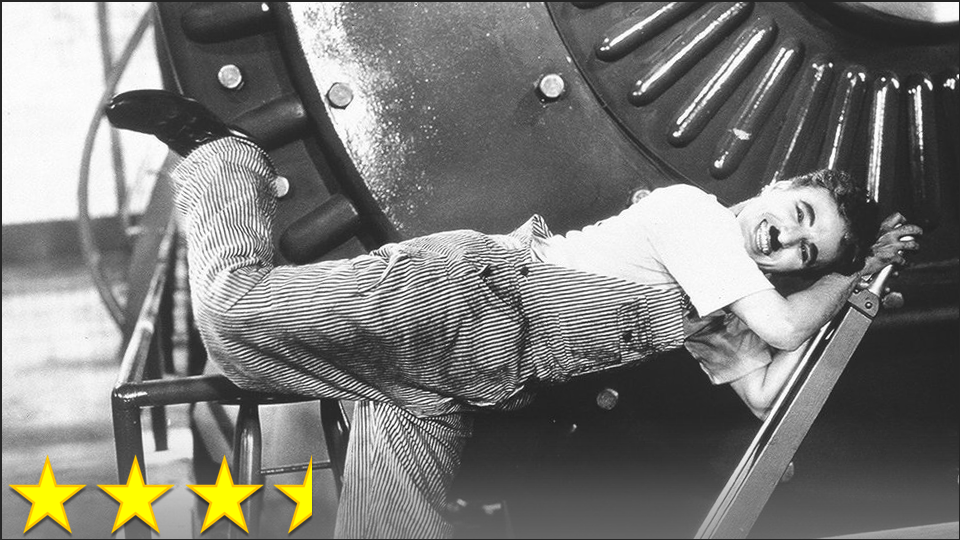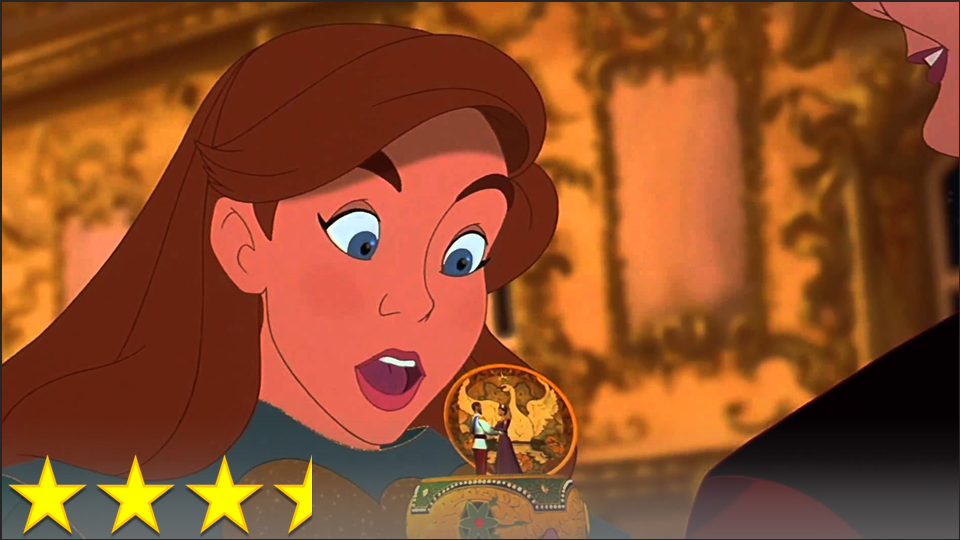Note how my title for this article accounts for two alternate titles for the film. When I watched this movie through the library not too long ago, it had yet to be released in theaters in the United Kingdom. It was being promoted as The Colony in the UK, but on IMDb, its title was listed only as Colonia, without any reference to the title being promoted across the pond – not even in the page’s “Also Known As” section. At first I wasn’t entirely positive that they were the same movie since IMDb didn’t say they were, which is obviously undesirable for the film’s marketers and distributors. After the film’s UK release, at the time I’m writing this, the page has been updated to show The Colony as the official title at the very top of the page, and Colonia as the “original title” in smaller letters underneath The Colony. Now the “AKA” page is confused, with Colonia listed as the international title, even though that’s not the official title at the top of the main IMDb page. I mention all this nonsense to highlight the fact that this film matters so little to people that nobody has bothered to agree on what the official title is, because nobody cares about it in the slightest – hence why it only made about 60 bucks at the UK box office during opening weekend.
That is just a darn shame.
Rotten Tomatoes shows a score of 23% for this film, but critics ought to know by now how to approach a film of this kind in such a way that they can appreciate its stronger elements. The first obvious thing that everyone should be able to figure out from the trailer (and the poster) is that it’s pseudo-Oscar-bait. It’s got a lot of the elements of an Oscar winner – focus on an unrecognized oppressed people, historical drama, etc. – but is ultimately not thoughtful, artistic, or impressive enough for such an award. It’s a popcorn flick in disguise as something more meaningful. The second thing to recognize right off the bat is that most of it will not be creative or artistic in stylistic approach, instead aiming for a realism that will, in theory, emphasize the sense that these are real, historical events on screen. Third, and perhaps most important of all, is the fact that this is in no way striving for historical accuracy, and hardly even strives to honor those involved in the real events upon which it is based – again, it’s a popcorn flick that’s hiding behind a toupee and a monocle.
Once this is understood, now the film can be enjoyed for what it is. While I have very little patience for the kind of realistic style the film employs, I will say that I think the story is really good. For this reason, I propose that this movie is highly underrated – which is honestly the only reason why I felt the need to review it. The story has a number of elements throughout that are painfully predictable, but that’s partially because it’s hitting all of the notes it needs to in order to have the dramatic irony it seeks. Furthermore, the most important part of the story from an emotional standpoint – that being the fate of our two main characters – is not at all predictable.
I was on the edge of my seat, intensely concerned for what would happen to the protagonists, not only until the climax, but until the credits rolled. Yeah. That had to happen before I was sure of whether or not they’d make it, and that’s because it’s easy to make the case that either ending is adequately set up. While I’m not sure that it’s a positive sign that the ending was arbitrary from the standpoint of the story’s structure and what it necessitated, the effect was ultimately a good one – I got a thrill, and few movies can give me the kind of thrill that this one did. Consequently, I say the movie gives all it promises, and perhaps even a little more, so I say it passes.





